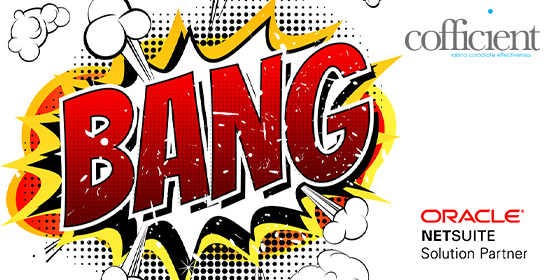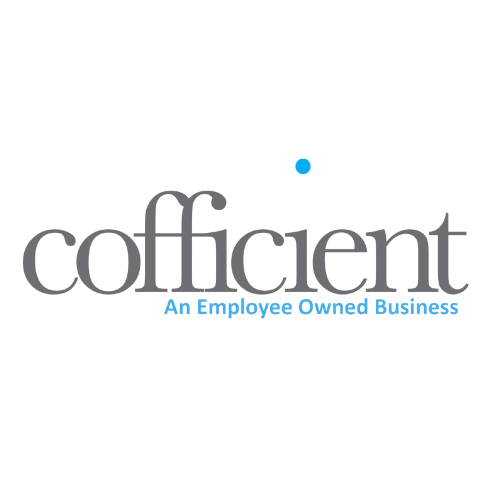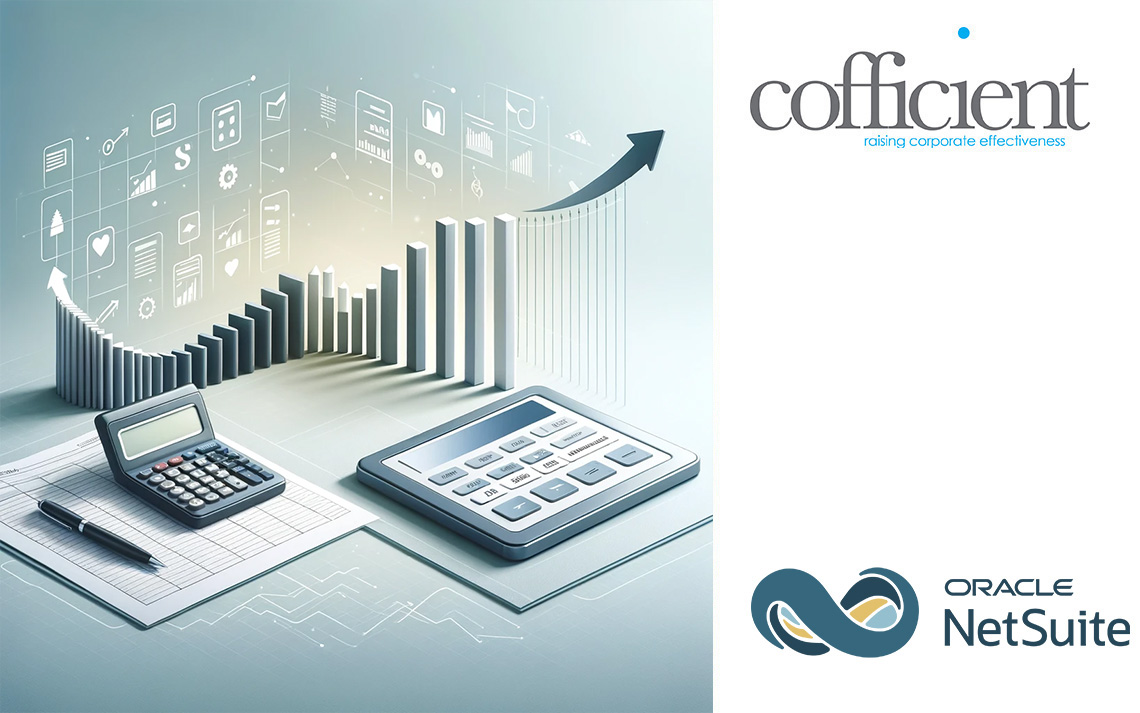
Big Bang vs Phased Implementation
So, you’ve decided to change to an ERP system, now the question is, what’s the ‘right’ way to implement an ERP system?
There are two common strategies for ERP implementation; The strategy of the all-at-once, ‘Big Bang’, or the phased implementation’. These two forms of ERP implementation strategy work just like a real-life fireworks display. Think of Big Bang as the rockets, going off all at once blazing the skies, while the phased approach is more of the silent sparklers, fizzling away slowly before lighting up the sky.
This blog will talk you through the key features of both methods looking at the benefits and drawbacks involved for both so your business can decide which method set your ERP implementations alight.
Big Bang
Big Bang Implementation is the all at once strategy. This method pretty much skips the sparklers and jumps straight to the finale. Remember, remember the dates in the diary and your businesses ERP is getting ready to go off with a bang. With this type of implementation, the new ERP system will go live throughout the company in one full sweep. Despite what the name might suggest the after burn of this method does not necessarily imply chaos. In fact, this type of implementation requires a lot of pre-mediated planning and strategizing. Thus, your business can in-fact be less guns blazing and more prepared than you might imagine. Before the sparks alight, systems are checked, staff are prepared, trial runs are performed, and organisational adjustments are made. With this method everyone in the company learns about the new software at the same point in time. The idea behind this is so co-workers can spark questions and ideas off of each other. They are then fuelled with the knowledge to aid one another throughout the learning process and across the business. Which in turn decreases the learning process time and fires up communication across your business.
Benefits of Big Bang Implementation
- Get More Bang for Your Buck – Operating expenses are lower than in a phase rollout, as all other systems are replaced on a single day. Resulting in your business having only one set of maintenance costs to upkeep.
- Rocketing ROI – The changeover occurs site-wide resulting in all departments setting off at once and the time to implementation is quicker from start to finish. There is an immediate change to processes across affected departments resulting in return on investment being realised faster.
Drawbacks of Big Bang Implementation
- Disruptive – Making everyone switch gears on the one day can cause a disruption to operations. The organisation may experience a catch-up period in which productivity temporarily decreases as users adapt to the new system.
- Highly Flammable – Converting all systems at once can be risky. If something goes wrong, the process of reverting systems can be complicated and, in some cases, unsuccessful. The organisation may not be ready for the switch by the given date and can leave a business in a vulnerable position.
Phased Implementation –The roll out approach
This method is more of a slow burner. The phased strategy implements the new system in a series of steps, beginning at the core and then deploying additional modules in phases. This is the less risky style of go-live, as it’s easier to roll back malfunctioning or poor new features before you jump the gun and they are implemented across the whole company. Phasing can happen in several different ways, depending on what best suits the business needs. ERP modules can be rolled one at a time or the whole ERP system can be rolled out across different business departments or geographical offices. Whatever option suits your business best, the incremental style means you can shine the efforts of support team and software experts on one task at a time. Allowing your team to plan ahead, spreading their resources equally as opposed to fires setting off simultaneously across multiple departments of the business.
Benefits of the Phased Implementation
- Low Exposure – There is no hard and fast deadline, meaning the organisation can make adjustments as needed during the transition. The organisation has more time to adjust to the new system, thus there doesn’t need to be any dramatic bangs to productivity.
Drawbacks of the Phased Approach
- Skyrocketing Costs – During the transition of the phase out your business must devote resources to maintaining the old system and the new system as well as any other temporary interfaces used to link the two systems.
- Slow Burner – The return on ERP investment with a phased approach is a much slower burn, lengthening the time between system purchase and flickers of benefit. The slower timeline of a phased approach can result in lack of direction and inevitably lead to the fire burning out.
Highlights
- Big Bang is the most cost-effective option, producing quicker ROI
- Phased implementation is a slower, costly method that provides a safety net for unforeseen errors.
Overall, the best way to determine which strategy has the right spark for your business is to assess factors such as initial costs, operating expenses, ROI and impact on productivity. Then consider how each approach may affect business operations. One approach might appear better than the other on paper but those advantages might not work for your business in the real world.
It can be difficult deciding on which style of ERP implementation would be best for your business, if you are having trouble you can get in touch with one of our experts. At Cofficient we pride ourselves in offering a best in class support service and are more than happy to share our NetSuite ERP expertise. We can work together with you to build the best implementation plan for your business, for now and in the future.



